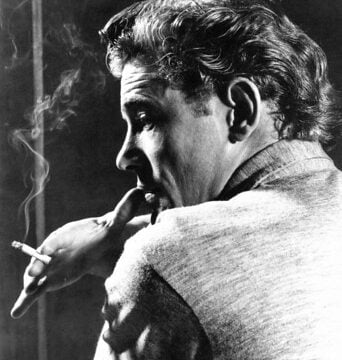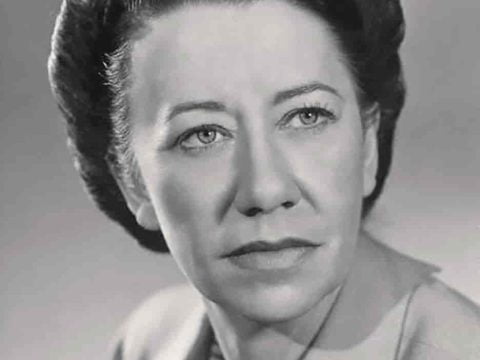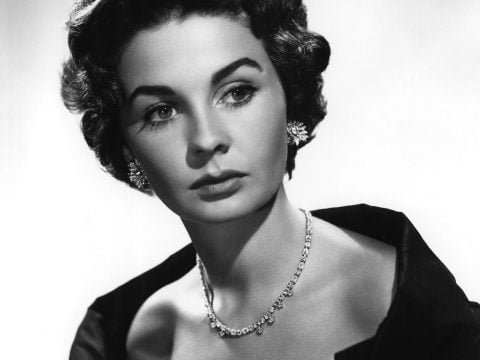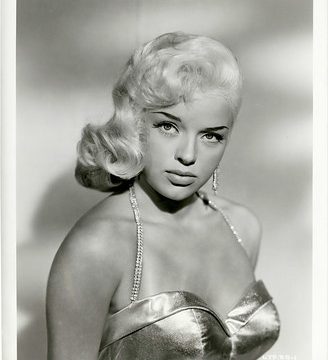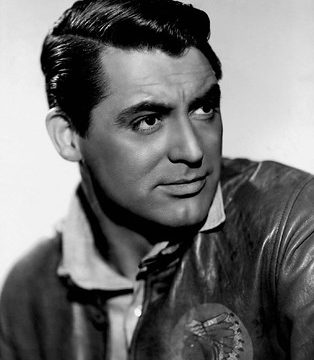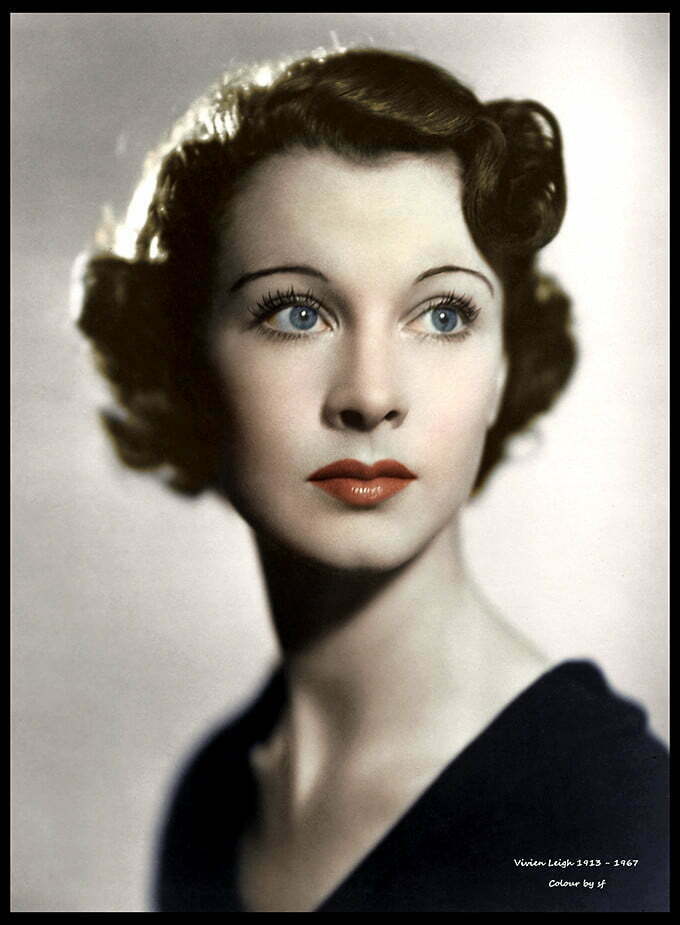
Early Life
Vivien Leigh was born Vivian Mary Hartley on 5 November 1913 on St. Paul’s School campus in Darjeeling, Bengal, India. She was the only child of businessman Ernest Hartley, and his wife, Gertrude. Ernest was from Bridlington, Yorkshire, while Gertrude, who grew up in India, is thought to have been of Irish, Armenian and Anglo-Indian extraction. Gertrude, a devout Catholic, wanted Leigh to have a convent education. Thus, in 1919, the Hartley family decided on a move back to England.
Not long after starting boarding school, Leigh’s mother took her on a trip to the West End theatre. Afterwards, the precocious Leigh declared she wanted to become a famous actress. From the age of 14, she spent four years travelling around Europe with her parents. She returned to England in 1931 and subsequently enrolled in RADA. Later that year, Leigh met barrister Herbert Leigh Holman, 13 years her senior. The couple married in 1932, which saw Leigh drop her RADA studies. The following year, the marriage produced a daughter, Suzanne.
Acting Career
Motherhood initially lessened Leigh’s ambition to become an actress but the desire gradually returned. Her film debut came playing a schoolgirl in the musical comedy Things Are Looking Up (1935). Afterwards, her agent suggested she change her stage name from that of Vivian Holman. After some deliberation, she came up with “Vivian Leigh”, adopting her husband’s middle name. She then went on to appear in several *quota quickies including The Village Squire (1935), Look Up and Laugh (1935) and Gentleman’s Agreement (1935).
In 1935, Leigh made her debut stage appearance in The Green Sash (1935). She was then cast by director Sidney Carroll in the London stage play The Mask of Virtue (1935). Carroll misspelt her name as “Vivien” in the Playbill but after that Leigh adopted the spelling herself. She received rave reviews for her performance, which included praise from none other than Laurence Olivier. The pair were cast together in Leigh’s next film Fire Over England (1937), starring Flora Robson. Even though Leigh and Oliver were both married, they began an affair during the filming on set. Leigh duly left her husband to set up a home with Olivier.
*Quota quickie – a low-cost film commissioned to satisfy the requirements of the Cinematograph Films Act (1927).
Stardom
In 1938, Leigh went to America to see Olivier, who was working in Hollywood. While visiting, Leigh came across the Selznick brothers, who invited her to screen test for the part of Scarlett O’Hara in Gone with the Wind (1939). Big Hollywood names had already tried out for the role and failed. However, after 4 days Leigh was informed she had landed the part. Her casting as O’Hara was controversial, as there were many who thought the iconic role should go to an American. The film famously won 10 Academy Awards including a Best Actress Oscar for Leigh. The film is undoubtedly the one for which she is best remembered and sealed her status as a movie legend.
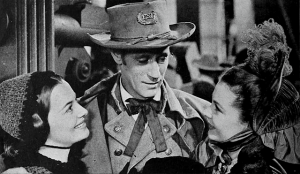
Vivien Leigh (right), Olivia de Haviland and Leslie Howard in Gone with the Wind (1939). Photo credit: Creative Commons (PDM 1.0 DEED)
In 1940, Leigh and Oliver both divorced their respective partners and married in a simple ceremony in Santa Barbara, California. In 1940, Leigh made two films, “Waterloo Bridge”, with Robert Taylor, and “21 Days,” with Olivier. However, both films were only moderately successful at the box office. The following year, Leigh starred once again with Olivier, this time in That Hamilton Woman (1941). The film proved to be very popular with moviegoers, especially in the USA.
Career in Decline
In the four-year hiatus that led up to her next big screen performance, Leigh’s life took an unfortunate downturn. She suffered two miscarriages, contracted tuberculosis, and was diagnosed as manic depressive (bipolar disorder). Nevertheless, she managed to revive her career by co-starring with Claude Rains in Caesar and Cleopatra (1945). In Leigh’s next film she gave a critically acclaimed performance in the titular role in Tolstoy’s Anna Karenina (1948). However, the film did not do particularly well at the box office.
Leigh’s career rebounded once again when she was cast as the female lead in A Streetcar Named Desire (1951), opposite Marlon Brando. Starring as the mentally unstable Southern belle Blanche DuBois, it proved to be Leigh’s second Oscar-winning performance.
With both her mental and physical health in decline, Leigh only made a further three films. She starred in the British drama The Deep Blue Sea (1955), opposite Kenneth More. Despite continuing poor health, Leigh still managed to turn in two more notable performances in The Roman Spring of Mrs Stone (1961) and “Ship of Fools” (1965). Starring in an ensemble cast that included Lee Marvin, Jose Ferrer and George Segal, the 1965 film proved to be her last screen performance. Given Leigh’s iconic status, it seems a little surprising that she appeared in only 19 films during her 30-year movie career.
After appearing in her last film, Leigh went on to perform on the British stage in “La Contessa” (1965). Her very last performance was as Anna Petrova in a Broadway production of “Ivanov” (1966), directed by John Gielgud. It ended her 31-year stage career with more than 40 credits.
Personal Life
Vivien Leigh was married twice. She married barrister Herbert Leigh Holman in 1932. The couple had one child, Suzanne. They were divorced in 1940 following Leigh’s affair with Laurence Olivier. She married Olivier later the same year but the marriage fell apart in 1960. That was when Olivier left her to marry the actress Joan Plowright. Leigh and Olivier subsequently divorced in 1961.
A few little-known personal facts about Vivien Leigh, include:
- A heavy smoker, she reputedly smoked up to 80 cigarettes a day
- She loved cats, especially Siamese cats
- She owned up to 150 pairs of gloves
- Is one of only three British actresses to win two Oscars
- Had multiple affairs during her lifetime, which is typical behaviour of a bipolar sufferer
Death
On 7 July 1967, Leigh was found dead at her Belgravia apartment, in Westminster, London. Her cause of death was cited as cardiac arrest due to the effects of tuberculosis. The disease had plagued her for more than the previous 20 years. Her ashes were scattered on the pond at her Tickerage Mill home, near Uckfield, East Sussex. A memorial service was held for Leigh at St. Martin-in-the-Fields, London on 15 August 1967.
In 2013, Leigh was selected as one of the ten “Great Britons” to feature on the Royal Mail’s commemorative postage stamp issue. Also in 2013, British author and historian, Kendra Bean published an illustrated biography; Vivien Leigh: An Intimate Portrait.
Other biographies of the legendary actress Vivien Leigh, include:
Vivien Leigh: A Biography (Anne Edwards: 1977)
Vivien Leigh: A Biography (Hugo Vickers: 1988)
Dark Star: A Biography of Vivien Leigh (Alan Strachan: 2018)
Header image credit: Creative Commons (CC BY-NC-SA 2.0)
